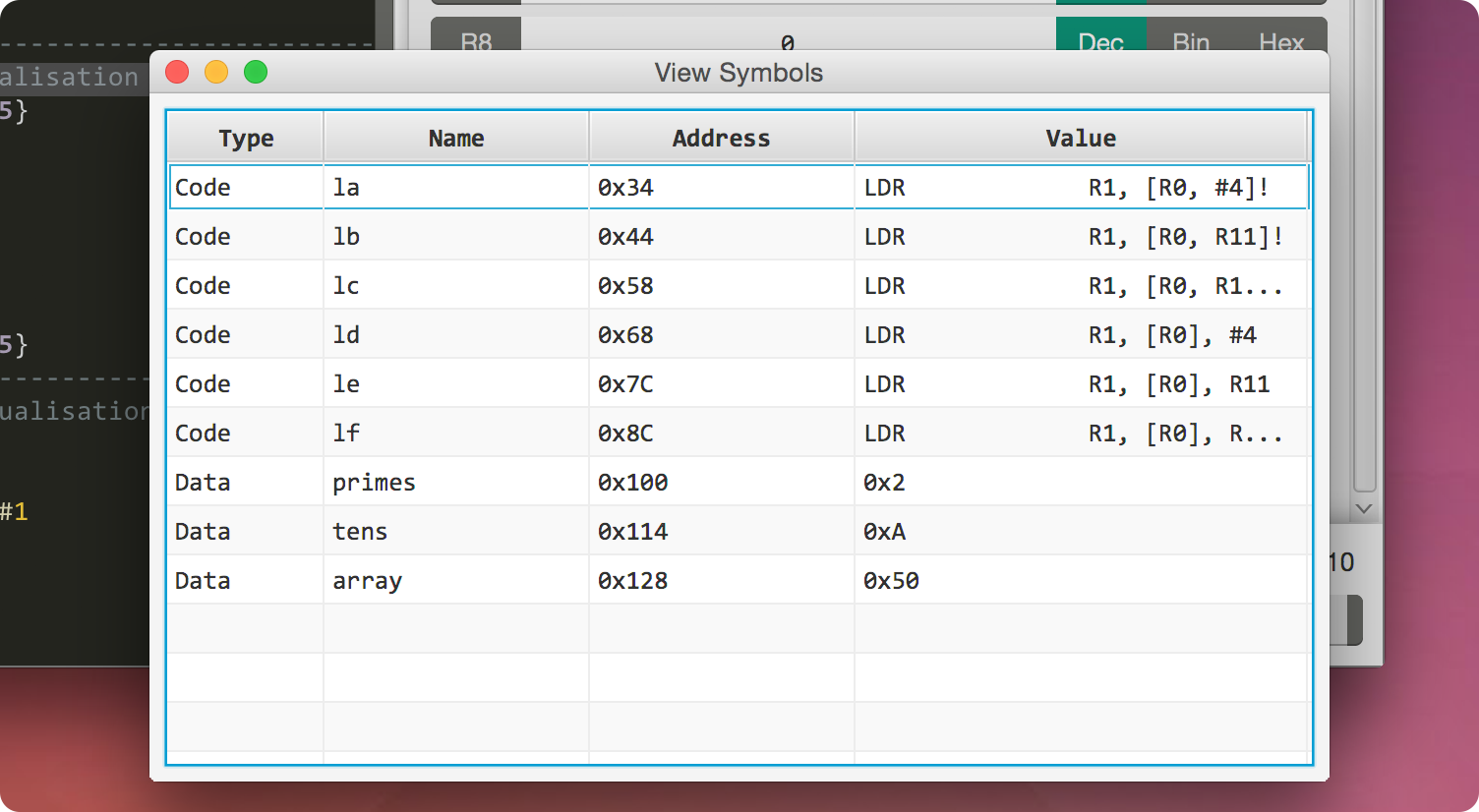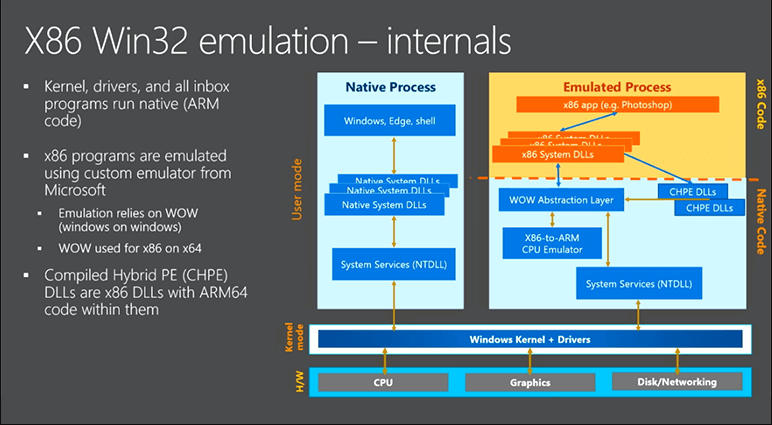
The circuit below computes the carry-out when adding two bits (X and Y) along with a carry-in. This is the "generate" case, since a new carry is generated. In this case, there will be a carry-out, regardless of the carry-in. This is the "propagate" case, since the carry-in is propagated to carry-out. (With no carry-in the result is 1, while with carry-in the result is 10.) In this case, there will be a carry out only if there is a carry in. To understand how carry lookahead works, consider three addition cases.įirst, adding 0+0 cannot generate a carry, even if there is a carry in the sum is 0 (if there is no carry in) or 1 (with carry in). I've written about the 8008's ALU before if you wantĬloseup of the 8008 die showing the carry lookahead circuitry and the ALU. The 8-bit ALU has an unusual layout in order to make the most of the triangular space.Īlmost all microprocessors arrange the ALU in a rectangular block an 8-bit ALU would have 8 similar slices.īut in the 8008, the slices of the ALU are scattered irregularly some slices are even rotated sideways. The carry lookahead has a triangular layout because successive carry bits require more circuitry, as will be explained. Each ALU block receives two input bits and a carry bit and produces one output bit. These values flow vertically through the carry lookaheadĬircuit, generating carry values for each bit along the way. The two 8-bit arguments and a carry-in arrive at the top. The diagram below zooms in on the carry lookahead circuitry and the arithmetic-logic unit (ALU). The solution in the 8008 was to build a separate circuit for each bit position to compute the carry based on the inputs. The idea of carry lookahead is that if you can compute all the carry values in advance, then you can rapidly add all the bit positionsīut how can you compute the carries without performing the addition?

Low real estate overhead and, as you see, the whole carry look ahead is just a very small portion of the So carry look ahead seemed like something we could integrate and have fairly Then the sum can be calculated in parallel without waiting for carries to ripple through the bits.Īccording to 8008 designer Hal Feeney, "We built the carry look-ahead logic because we needed the speed as far as the
ARM EMULATOR CAL POLY SERIAL
This makes addition a slow serial operation instead of a parallel operation.Įven though the 8008 only performs addition on 8-bit numbers, this delay would slow the processor too much.Ĭarry lookahead circuit that rapidly computes the carriesįor all eight bit positions. The problem with ripple carry is if you add, say, 11111111 + 1, you need to wait as the carry "ripples" through the sumįrom right to left.

ARM EMULATOR CAL POLY FULL
That was used in many early microprocessors.Įach bit is computed by a full adder, which takes two input bits and a carry and produces the sum bit and a carry-out.įor instance, adding binary 1 + 1 with no carry-in yields 10, for a sum bit of 0 and a carry-out of 1.Įach carry-out is added to the bit position to the left, just like decimal long addition. Note that you have to add each position before you can compute the next position.īinary numbers can be added in a similar way with a circuit called a You repeat the process right-to-left, ending up with the result 10002. Passing the carry (1) to the next column. In the next column, you add the pair of digits (8 and 1) along with the carry (1), writing down the sum (0) and

Starting at the right, you add each pair of digits (8 and 4), write down the sum (2), and pass any carry (1) along to the 3Ĭonsider how you add two decimal numbers such as 88, with long addition. (such as addition or subtraction) and logical operations (such as AND, OR, and XOR).Īddition was the most challenging operation to implement efficiently because of the need for carries. The heart of a processor is the arithmetic-logic unit (ALU), the functional block that performs arithmetic operations In comparison, other early microprocessors typically used 40 pins, making it much easier to connect theĭata bus, address bus, control signals, and power to the processor. The 8008 was sold as a small 18-pin DIP (dual inline package) integrated circuit.ġ8 pins is an inconveniently small number of pins for a microprocessor, but Intel was committed to small packages at the time. The package is very scratched, but I didn't see the point in paying for mint condition for a chip I was immediately going to decap. An 8008 integrated circuit in an 18-pin DIP (dual inline package).


 0 kommentar(er)
0 kommentar(er)
